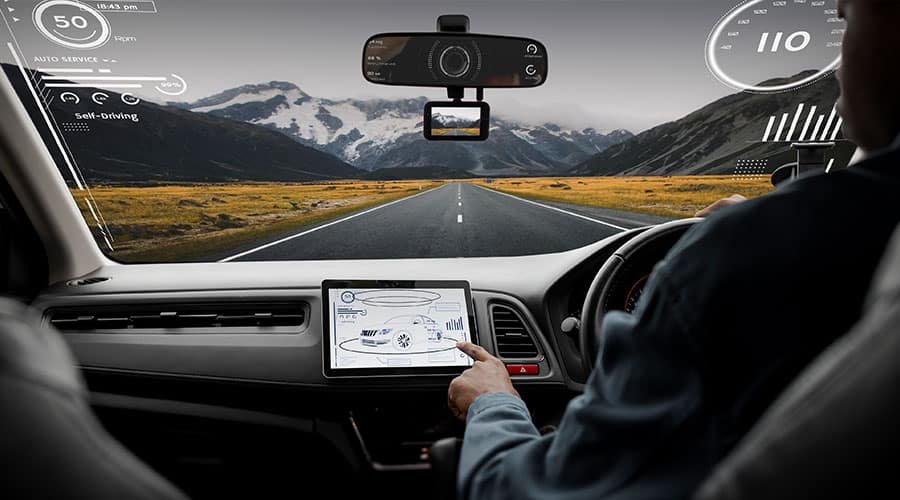The emergence of autonomous vehicles has brought about a paradigm shift in transportation, and at the heart of this transformation lies artificial intelligence. In this article, we will explore the role of AI in advancing self-driving car technology, its impact on road safety, and the challenges that need to be overcome for a fully autonomous future.
- AI and Perception:
AI is the cornerstone of autonomous vehicles’ perception systems, enabling them to “see” and interpret their surroundings. Through a combination of sensors such as cameras, LiDAR, and radar, coupled with sophisticated machine learning algorithms, autonomous vehicles can detect objects, pedestrians, and other vehicles, making real-time decisions based on the environment.
- Decision-Making and Planning:
AI plays a vital role in decision-making and planning, allowing self-driving cars to navigate complex traffic scenarios and dynamic environments. Machine learning algorithms process vast amounts of data to predict and react to traffic conditions, ensuring safe and efficient journeys.
- Safety and Regulation:
Safety is of paramount importance in autonomous driving. AI not only helps detect potential hazards but also contributes to safety systems, such as emergency braking and collision avoidance. Addressing safety concerns and establishing regulations that govern the development and deployment of autonomous vehicles remains a significant challenge.
- Human-Machine Interaction:
One of the crucial challenges in autonomous driving is creating seamless human-machine interaction. Designing intuitive user interfaces and communication methods between passengers and autonomous systems is essential for building public trust and acceptance of self-driving technology.
Conclusion:
AI is the driving force behind the rapid advancements in autonomous vehicles, promising safer, more efficient, and accessible transportation. As AI continues to evolve, addressing safety, regulatory, and human-centric challenges will be critical to unlocking the full potential of autonomous vehicles and reshaping the future of mobility.





